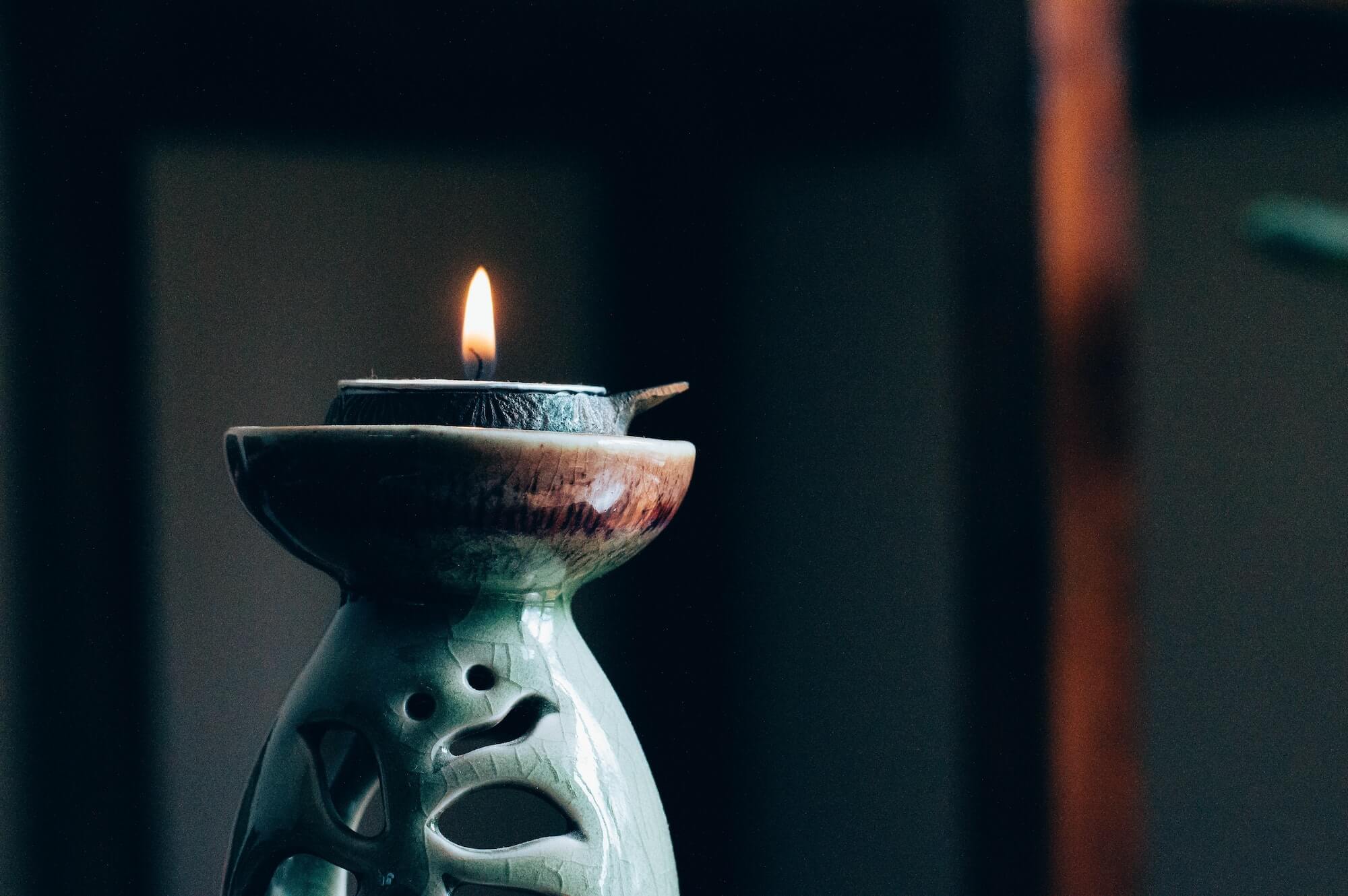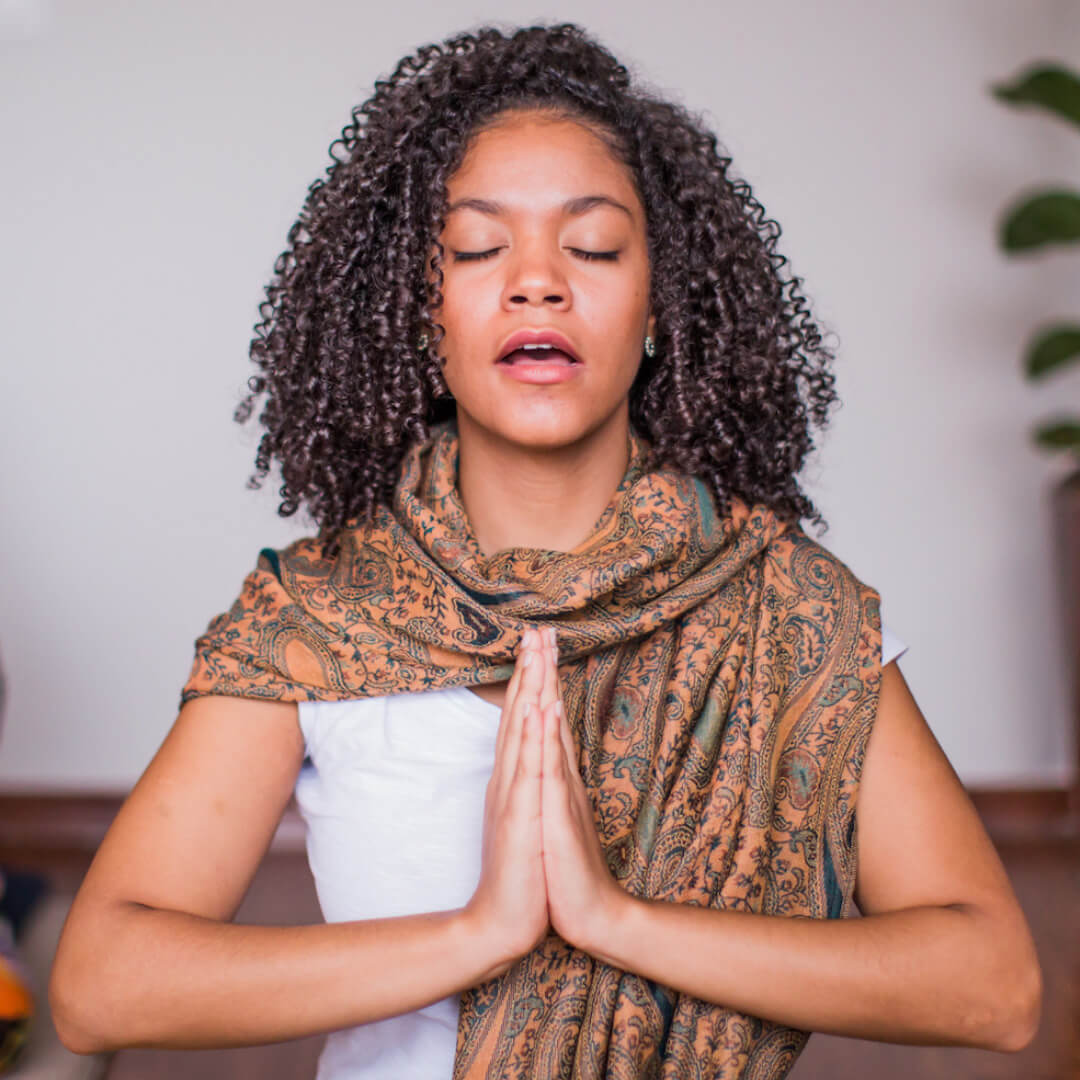Find The Meditation Style That’s Right for You
If you’ve ever tried meditation but felt like it didn’t “work” for you, don’t give up! Chances are the problem isn’t you – it’s the meditation style you’ve chosen. Meditation is a broad term encompassing a wide range of practices, and finding the style that suits you best is a key step in your journey towards establishing a regular meditation practice.
What is Meditation?
In its simplest terms, meditation is the practice of focusing your mind and reaching states of higher consciousness. The goal is to quiet down your noisy, chattering thoughts and focus your attention inward, allowing you to get in touch with your “higher self” or true essence.
You can think of meditation as a workout for your mind, and just like a physical workout for your body, it is most effective when practiced regularly.
Why Meditate?
Friends, co-workers, family members, or partners might have told you that meditation is a good idea, but now the science supports its benefits in clear and measurable terms. With the advent of functional magnetic resonance imaging (fMRI) scans, we can now see how the brain responds to mindfulness.
Belle Beth Cooper offers this great technical explanation, but in essence, when we meditate, our brains stop processing as much superfluous information, stop perceiving imagined threats, and go more “offline.” This slowdown offers a relaxation response, and based on this relaxation response, meditators experience:
- Better focus
- Less anxiety
- More creativity
- Better memory
- More compassion
- Less stress
Meditation can help you in all aspects of your life, from career advancement to a more harmonious love life.

Meditation Styles
Meditation has been around for thousands of years, with some archaeologists dating it as far back as 3,000 B.C. The term itself originates from the Latin word meditatum, meaning “to ponder” and over the centuries, dozens of meditation styles have emerged.
Vipassana or insight meditation
When people think of “meditation” they are often thinking of Vipassana or insight meditation. Vipassana forms the foundation for many Buddhist meditation practices and is believed to be the form of meditation taught by the Buddha himself.
Vipassana meditation involves sitting in silence as you focus on sensation. You may be asked to notice the feeling of your breath as it passes through your nostrils or to turn your attention to your rising and falling abdomen. When you notice your mind drifting to other thoughts, you are instructed to gently refocus the mind back to the physical sensation. The practice of focusing on sensation brings you into the current moment, a central goal of most forms of meditation.
With simple instructions, this popular form of meditation is a great place to get started. You can practice Vipassana for long or short periods of time, and you can do the practice alone or in groups. But while popular with many, Vipassana meditation has some drawbacks and for many beginners, the free form nature doesn’t provide enough structure to see real progress. While the barriers to entry are low, the path to advancement takes a lot of commitment.
Guided meditation
This style of meditation is led by a teacher, either in person or via audio or video. While the focus of guided meditation varies, you can count on having an outside voice to guide your mind and help focus your thoughts. Some guided meditations are body scans to help you get in touch with your physical body. Others may work with energy of emotion, asking you to bring into mental focus things you are grateful for or situations you want to release. You can find a wide range of topics and styles of guided meditation.
This style is often a great entry point for beginners because it offers you assistance while you develop your ability to manage your thoughts. There are also more advanced guided meditations for those who have a specific area they want to develop. The disadvantages are that some people find an outside voice distracting, triggering, or hard to follow.
Is guided meditation right for you? Try this mediation to reside in your true nature.
Breathwork
Breathwork is a practice that falls under the umbrella of meditation, and there is a wide spectrum of what breathwork offers. Practitioners will explain that the breath is like the steering wheel for your thoughts, and in order to manage your mind, you must first learn to manage your breathing. From energizing techniques, like Breath of Fire, to calming techniques, like Sitali Breath, breathwork has something for everyone.
Breathwork is perfect for anyone who wants a more physical “juicy” practice, and breathwork is a great starting point for anyone suffering from stress and anxiety. The biggest challenge with breathwork meditations is that there are so many forms of breathwork, it can be difficult to find the right one to suit your goals.
Is breathwork the right meditation style for you? Try this Breath of Fire exercise or this Pranayama Reset.
Chanting
Chanting is another form of meditation that can be a very effective way to bring you into the present moment while quieting down your mind. More repetitive and monotonous than singing, chanting has the effect of activating different parts of your brain. Even if you don’t understand the mantras you are repeating, your tongue strikes different parts of your mouth in specific ways, lighting up distinct areas of the brain. This is why some experienced chanters describe a natural high they get from an extended chanting session.
Chanting is ideal for anyone who wants to experience the vibration of their own voice or who has great difficulty turning off their noisy thoughts. Most chanting meditations have fairly accessible mantras that aren’t hard to learn. The disadvantages are that chanting meditations emit sound, and this can be disruptive in some environments. Got roommates or light sleeping family members? You might need to plan the timing of your meditation practice carefully.
Not sure if chanting is the style for you? Get a taste of chanting with the Sat Nam meditation that closes this class.

Different Strokes for Different Folks – Finding the Right Practice for You
As you can see there are many ways to meditate and the only way to find the style that works best for you is to experiment. I tried Vipassana meditation for about six months but if I am honest, I was often daydreaming instead of focusing on my breath. I tried guided meditation for a while, but a voice telling me how to think triggered me, and I got irritated. I found great success in Kundalini Yoga meditations which often incorporate breathwork. These meditations required focus but didn’t have a voice that felt like an authority figure.
I’ve been meditating daily since 2009, and I can honestly say it’s changed my life. My guess is that it can change your life too. The key is to try lots of styles to find the one that works for you.

Posted in YogaToday on March 24, 2022.